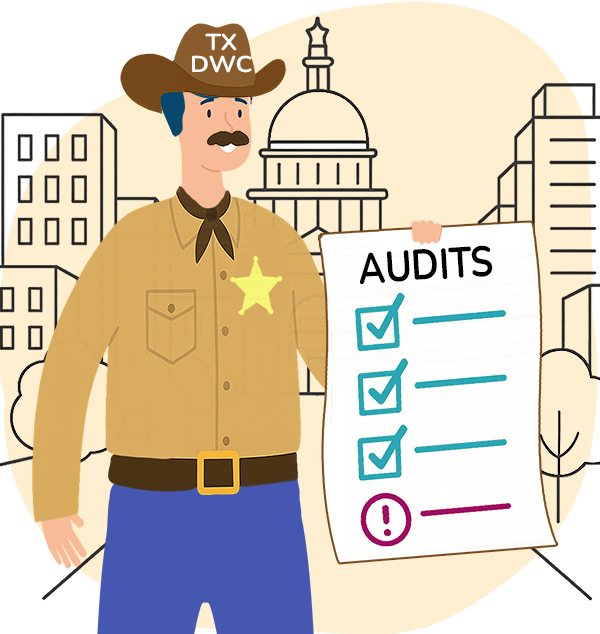Markel First/Midwest EORs Leave Providers in the Dark

Electronic Explanations of Review (EORs) from Markel First and Midwest Insurance are missing crucial pieces of information. Key required elements like patient names and Social Security numbers are absent, as are details necessary to confirm proper reimbursements — like the adjustment codes meant to justify denials or reduced reimbursements.
To review reimbursements, this EOR non-compliance forces providers to wait on the receipt of paper EORs from Markel First and Midwest Insurance. Hardly the goal of electronic billing.
Electronic Payment 101
To encourage providers to make the switch to (faster, easier, more sustainable) electronic billing, many states require all workers’ comp claims administrators to accept electronic bills from providers and to return electronic EORs to providers.
The formats of the necessary electronic billing and payment files are standardized. The electronic format that providers use to send bills is known as an “837” file. In response to an electronically transmitted bill, the claims administrator must send the provider a complete electronic EOR, or “835” file.
To facilitate these exchanges, claims administrators use specialized companies known as clearinghouses to receive the electronic standardized files sent by providers. Often these clearinghouses translate the electronic files into formats compatible with the payers’ payment systems.
Using the payment information furnished by the claims administrators, these clearinghouses then send the complete electronic EOR files back to the providers’ systems.
In the cases of Markel First and Midwest, the 835 EOR files are not up to snuff. Both entities are sending providers incomplete, noncompliant electronic EORs. For providers trying to understand and manage their own revenue streams, this is an administrative hassle, to say the least.
Puzzled Providers
In several electronic EORs from both Markel First and Midwest, key information necessary to identify the bill in question and/or confirm the accuracy of payment was missing. For example, in the EOR below from Markel First, there is no patient name, payer claim control number, or patient ID number (for example, a social security number).
Markel First also neglected to include the Claim Adjustment Reason Codes (CARCs) that would explain why the allowed amount falls short of the amount allowed by the Official Medical Fee Schedule (OMFS):
This electronic EOR fails to explain Markel’s reasoning for paying $42.02 below OMFS reimbursement rates for the services rendered to this injured worker. This failed attempt at an electronic EOR means the provider cannot determine the reason for the reduced payment.
Bottom line: Every provider who transmits bills electronically should receive a complete electronic EOR.
We’ll keep readers updated with any further developments, here on the blog.
DaisyBill offers all the tools a provider needs to bill compliantly and effectively. Our Billing Software includes our OMFS Calculator, so you know exactly what state fee schedules allow. DaisyBIll also feature tools to quickly and easily submit appeals for review when claims administrators improperly adjust bills. Schedule a free demonstration for your office:
SCHEDULE DEMO
DaisyBill provides content as an insightful service to its readers and clients. It does not offer legal advice and cannot guarantee the accuracy or suitability of its content for a particular purpose.


